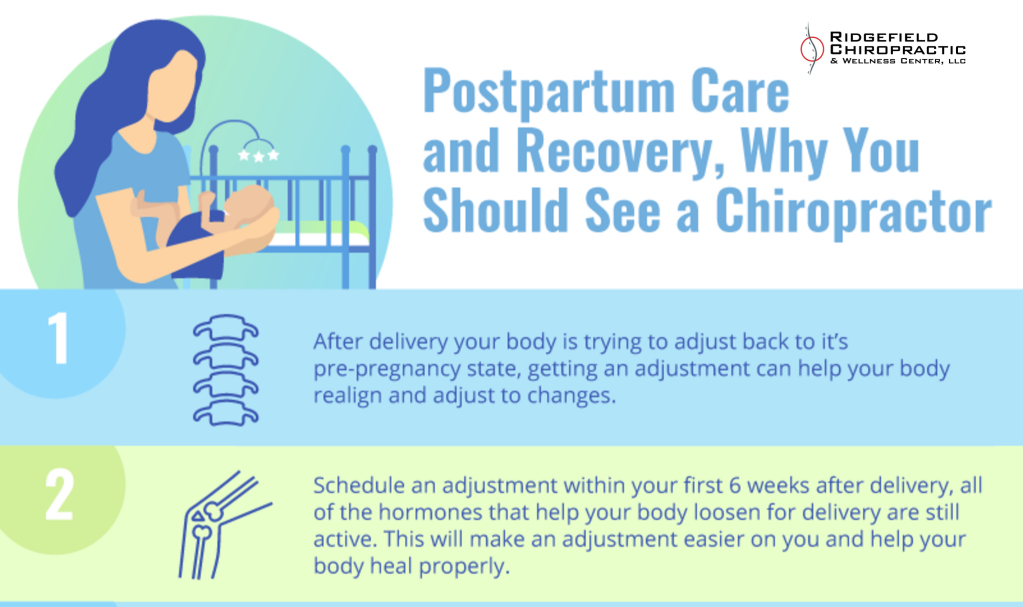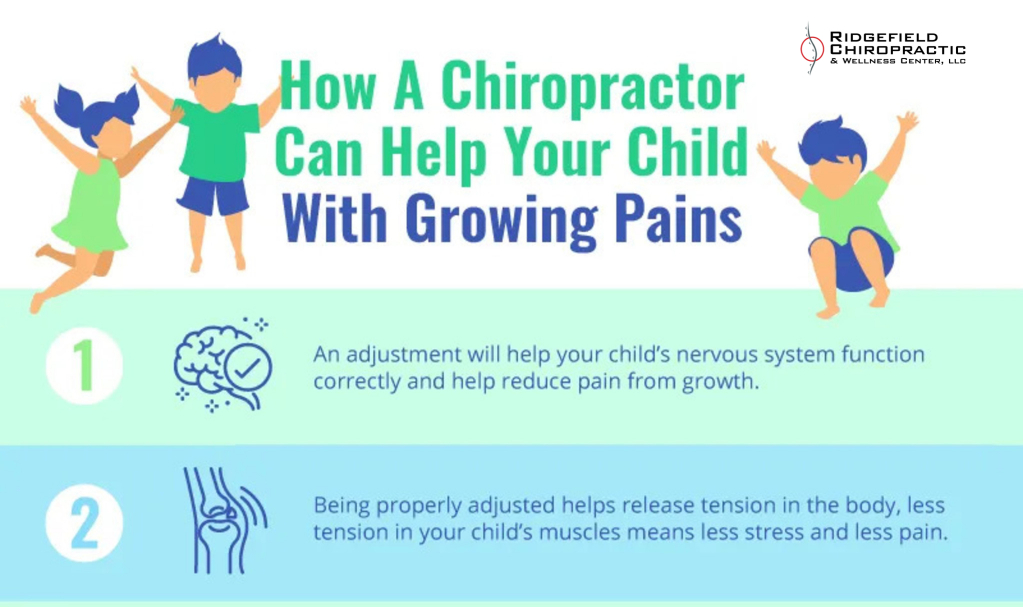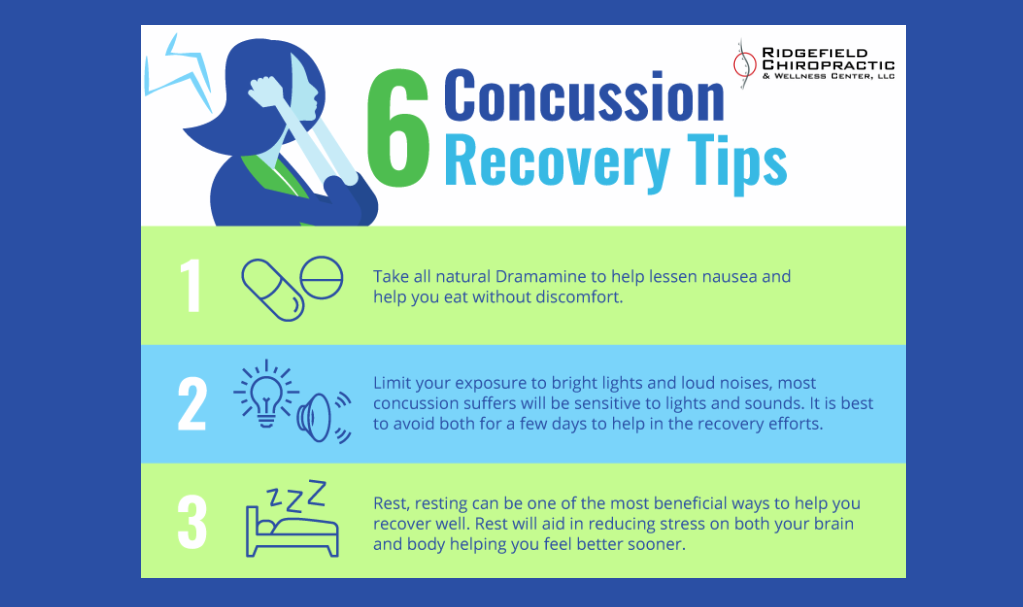Eat Your Greens

Insanely Easy Way To Add Years To Life: Eat Your Greens

Here comes March, and in the blink of an eye, it’s already National Nutrition Month! It’s the best time to revisit our eating routine. We’ve been busy with all sorts of things, enjoying the warm weather and waiting for spring (or summer), but when it comes to eating, we tend to lose focus. […]
Steps on Prepping for Football

Don’t go all out for the big game without some preparation! Here’s a few exercises to get you ready for kickoff. They will help you get your heart pumping and keep your muscles loose so you can last the entire game without tiring out! Don’t go all out for the big game without some preparation! […]
Pregnancy Pain? What your Chiropractor can do to Help!

Pregnancy can be a wonderful and beautiful time in a woman’s life, however; it can be painful, uncomfortable, and come with lots of unexpected side effects. Fortunately, there are a lot of things you can do to help alleviate unwanted side effects. If you are experiencing uncomfortable pregnancy call your chiropractor today, we can help […]
Pregnant? 4 Natural Therapies You Should Be Using To Help Ease Your Pregnancy Pains!

Finding out you are pregnant is a joyous and overwhelmingly excited event. However, the realization that your body is no longer just your body soon sets in and can provoke a fear like no other. Knowing that everything you consume, put on and do to your body may affect that little person growing inside of […]
Postpartum Care and Recovery, Why You Should See a Chiropractor

Having a baby is hard work, your body goes through so many changes to bring a new life into this world and those changes don’t stop after delivery. Any mother knows that postpartum recovery can be hard, the good news is that a few visits to your Chiropractor can help you recover faster and easier. […]
My Newborn Won’t Stop Crying! Can Chiropractic Care Help With Colic?

Colic: it’s every new parent’s worst nightmare. A digestive condition that leads to comfortless crying in babies and young kids, colic can feel impossible to treat and even harder to live with. What most people don’t know, though, is that chiropractic care can help treat colic and promote comfort and wellbeing in kids and toddlers […]
How A Chiropractor Can Help your Child with Growing Pains

One fact anyone with children know is that kids grow, and they grow fast which means growing pains. There are no fast and easy solutions to help your child deal with growing pains, there are some great alternatives to help your child feel their best. Helping your child feel their best and not suffer from […]
How Much Sleep Does my Toddler Really Need?

Sleep: if you have a young child, it’s a mythical, mystical topic. During the baby days, it’s virtually non-existent. As your child reaches toddlerhood, though, the paradigm surrounding sleep shifts. Suddenly, your child is sleeping a lot, but how much sleep does he or she need? And how can you help promote the healthiest sleep […]
6 Concussion Recovery Tips

Concussions are not enjoyable and can cause issues long after they are gone, it is very important that after a concussion a proper recovery is followed. A proper recovery can take time and seem frustrating, the only way to lessen the effects and long lasting repercussions is having a proper recovery, there are some great […]
